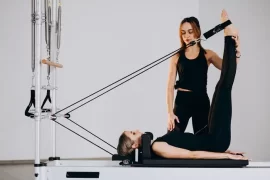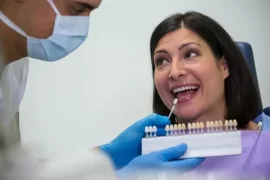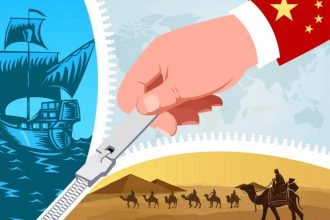The manufacturing process that is said to have caused the contamination is a tangled web, but we’re going to unravel it bit by bit. One crucial step in this process is the solvent recovery method used to purify Valsartan.

If you’ve been affected, you should get help to file a Valsartan cancer lawsuit. Legal expertise is crucial to understanding your eligibility and other factors related to the lawsuit.
Manufacturing Process
The process for preparing Valsartan involves the condensation of a specific compound with valeryl chloride in the presence of certain chemicals and then undergoing various reactions and purification steps to obtain the final Valsartan compound.
However, this process is complex and not suitable for commercial production due to the increased impurity levels of the tin content. Therefore, there is a need for a commercially viable and improved process to produce highly pure Valsartan with reduced tin contamination.
An alternative process has been identified to address these requirements and provide substantially pure Valsartan.
The Solvent Recovery Method
The solvent recovery process is a common method used in the pharmaceutical industry to purify Active Pharmaceutical Ingredients (APIs). In this process, solvents are recycled and reused to remove impurities from the API.
It does sound great, doesn’t it? It would have been, if not for one issue: the solvent recovery equipment was reportedly contaminated with NDMA and NDEA. These contaminants, if not properly removed, can end up in the finished product. And that’s exactly what allegedly happened with Valsartan.
A Chinese Manufacturing Company as the Global Supply Chain
The contaminated Valsartan was manufactured by various pharmaceutical companies, but the common denominator was a Chinese pharmaceutical company called Zhejiang Huahai Pharmaceutical Co. Ltd.
This company supplied Valsartan to pharmaceutical companies around the world. These companies then used the contaminated Valsartan in their own products, which were distributed globally.
This highlights the interconnected nature of the global supply chain and the potential risks associated with outsourcing pharmaceutical manufacturing.
Novartis pharmaceuticals
Novartis, a Swiss pharmaceutical giant, was one of the companies that used Valsartan manufactured by Zhejiang Huahai Pharmaceuticals. The FDA warned consumers about a recall of certain Valsartan products manufactured by Novartis in July 2018.

Novartis and Zhejiang Huahai
While Novartis wasn’t directly responsible for the contamination, questions arose about their relationship with Zhejiang Huahai and whether they could have done more to prevent the contamination.
Now, some reports suggest that Novartis was aware of quality issues at Zhejiang Huahai’s facilities but continued to source Valsartan from them anyway. While Novartis denies these claims, the situation has led to increased scrutiny and criticism of the company.
Novartis, to its credit, did take steps to address the situation. They issued a voluntary recall of their Valsartan products and cooperated with regulatory agencies in their investigations.
But that wasn’t all. They also took the opportunity to overhaul their manufacturing processes, implement new quality control procedures, and increase transparency in their relationships with suppliers.
Health Concerns
Once the contamination was discovered, the affected Valsartan products were recalled from pharmacies and medical facilities around the world. But that wasn’t the end of it. The aftermath of the contamination included a slew of lawsuits from patients alleging that they developed cancer after taking the contaminated medication.
These lawsuits allege that the pharmaceutical companies knew or should have known about the contamination, and failed to take appropriate action to protect consumers.







